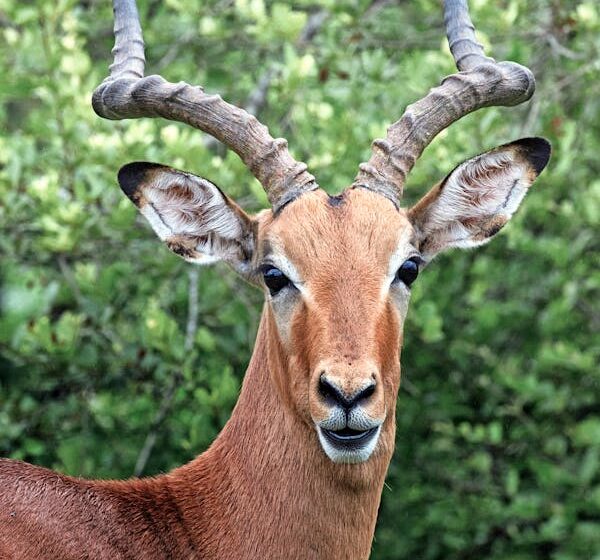Tanzania is one of the most iconic safari destinations in the world. Home to the Serengeti, Mount Kilimanjaro, and the Ngorongoro Crater, the country offers unparalleled wildlife viewing, scenic landscapes, and unforgettable experiences. But before packing your bags and hopping on a flight to East Africa, one essential question remains: What is the cost of a Tanzania safari?
Whether you’re planning a budget adventure or a luxury wildlife escape, understanding the various elements that make up your Tanzania safari cost will help you plan better and avoid surprises. In this article, we break down the major factors that influence safari pricing, offer sample budgets, and provide tips for saving money without compromising the experience.
1. Tanzania Safari Price Ranges (Per Person, Per Day)
The cost of a safari in Tanzania can vary widely depending on your travel style, accommodations, and length of trip. Here’s a rough breakdown:
-
Budget Safari: $150 – $250 USD/day
-
Mid-Range Safari: $300 – $600 USD/day
-
Luxury Safari: $700 – $1,200+ USD/day
These costs typically include accommodation, meals, park fees, a guide/driver, and transport within the parks. Flights, tips, and extras may be separate.
2. Factors That Influence Tanzania Safari Costs
Let’s look at the main factors that affect your total safari budget:
✅ 1. Type of Safari Package
-
Group Joining Safaris: Cheaper as costs are shared. Great for solo travelers.
-
Private Safaris: More personalized, ideal for couples/families, but costlier.
-
Self-Drive Safaris: Offers flexibility but requires confidence and local knowledge.
✅ 2. Accommodation Level
Tanzania has options ranging from public campsites to 5-star safari lodges.
-
Camping Safaris: Most affordable option. You’ll sleep in tents, often in public campsites.
-
Lodges & Tented Camps: Prices vary based on comfort level and location.
-
Luxury Resorts: All-inclusive, often with gourmet dining, pools, and exclusive game drives.
✅ 3. Duration of Safari
More days naturally mean more cost, but multi-day safaris often include discounted rates for longer stays.
-
3-Day Safari: ~$450–$1,800
-
5-Day Safari: ~$750–$3,500
-
7-Day Safari: ~$1,000–$6,000+
✅ 4. National Parks Visited
Tanzania has many national parks and conservation areas, each with its own entrance fees:
-
Serengeti National Park: ~$70–$83 per person/day
-
Ngorongoro Crater: ~$71–$83 per person + $295 per vehicle
-
Tarangire & Lake Manyara: ~$59–$65 per person/day
-
Ruaha & Selous (Nyerere): Cheaper but harder to reach
Remote parks may require internal flights, increasing the total cost.
3. Sample Safari Budgets
Here are a few examples of different safari types with estimated total costs:
🟢 Budget 3-Day Group Safari (Camping)
-
Destinations: Tarangire, Ngorongoro Crater, Lake Manyara
-
Includes: Camping gear, meals, park fees, guide, transport
-
Estimated Cost: $450 – $700 per person
🟡 Mid-Range 5-Day Safari (Lodge Stay)
-
Destinations: Serengeti, Ngorongoro Crater
-
Includes: Mid-range lodges, park fees, private 4×4, guide, meals
-
Estimated Cost: $1,800 – $2,800 per person
🔵 Luxury 7-Day Safari (Fly-In + Premium Lodges)
-
Destinations: Serengeti, Ngorongoro, Tarangire
-
Includes: Charter flights, luxury lodges, gourmet meals, spa, exclusive guides
-
Estimated Cost: $5,000 – $10,000 per person
4. Additional Costs to Consider
Besides the core safari package, consider the following extra costs:
-
International Flights: $600 – $1,200 depending on origin
-
Visa for Tanzania: $50 – $100 USD
-
Vaccinations & Travel Insurance: ~$200 – $400
-
Tips for Guides & Staff: $10–$20 per day (highly recommended)
-
Souvenirs & Drinks: Personal spending varies
-
Balloon Safari (Optional): ~$500 per person in Serengeti
5. Best Time to Visit Tanzania for Safari (And Cost Impacts)
Tanzania has two main seasons which affect pricing:
-
High Season (June–October): Dry season with best wildlife visibility; prices are highest.
-
Shoulder Season (November–March): Lower prices, some rain, but great for birding.
-
Low Season (April–May): Wettest months; some lodges close; heavy discounts available.
If you’re budget-conscious, consider shoulder months like March or November—you’ll avoid the crowds and still get decent weather.
6. Ways to Save on Your Tanzania Safari
-
✅ Join Group Safaris: Share costs with others.
-
✅ Travel in the Off-Season: Save up to 30–40% on accommodations.
-
✅ Book in Advance: Many tour operators offer early-bird discounts.
-
✅ Limit Internal Flights: Stick to parks accessible by road.
-
✅ Choose Nearby Parks: Tarangire and Lake Manyara are less expensive than Serengeti.
7. Why a Tanzania Safari Is Worth the Price
Although a safari in Tanzania can be a significant expense, it offers incredible value for money when you consider:
-
Iconic Wildlife: Big Five, Great Migration, tree-climbing lions.
-
Diverse Ecosystems: From savannahs and volcanoes to lakes and forests.
-
Cultural Enrichment: Meet the Maasai and other tribes.
-
Unforgettable Memories: Guided game drives, sundowners in the bush, night safaris.
Unlike typical vacations, a Tanzanian safari is an immersive journey into nature’s raw beauty.
Conclusion
The Tanzania safari cost depends on your travel style, trip length, and choice of parks and accommodations. Whether you’re going budget, mid-range, or luxury, there’s a safari for every kind of traveler. With careful planning and the right tour operator, you can enjoy an unforgettable wildlife experience without breaking the bank.
Plan smart, travel responsibly, and get ready to witness one of the most awe-inspiring natural spectacles on Earth. A Tanzanian safari isn’t just a trip—it’s a once-in-a-lifetime adventure.



